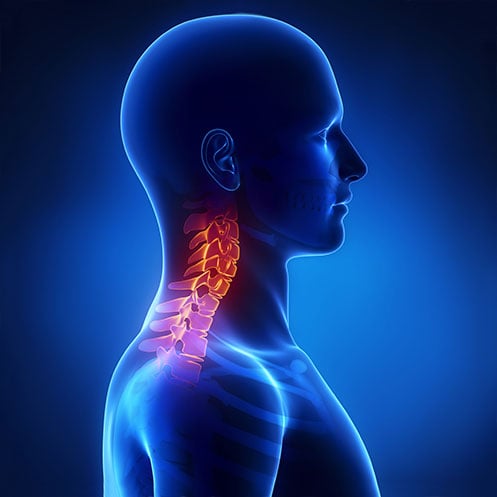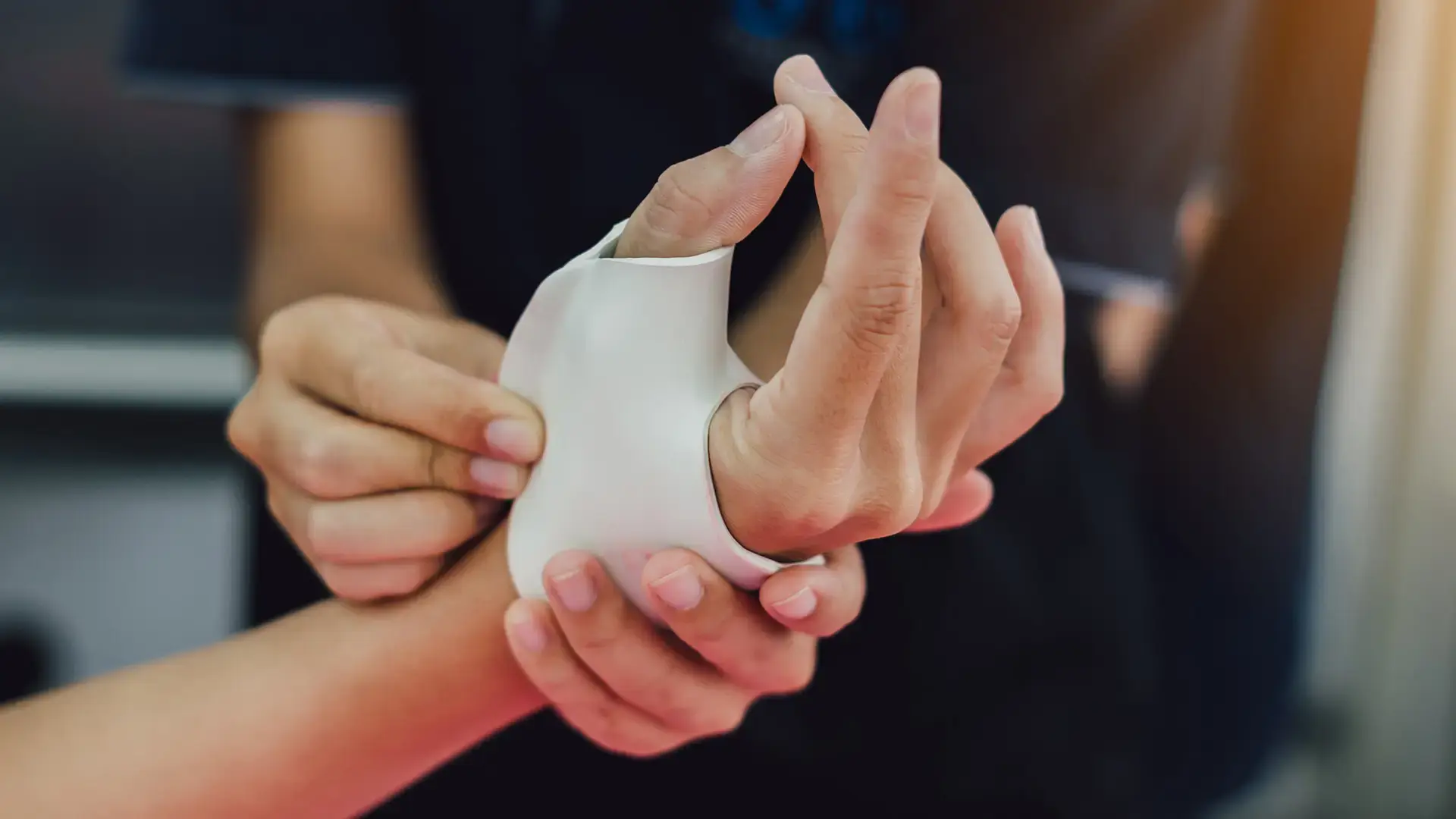Summarize This Article:
Summarize This Article:

Our fingers and wrists are vital in performing everyday tasks and activities, from getting ready in the morning to typing an email to preparing a meal. When the radial nerve, which controls wrist and finger extension, is damaged, often through trauma or compression, it can lead to a condition known as wrist drop.
Also known as radial nerve palsy, wrist drop is characterized by the inability to extend or lift the wrist and fingers. The weakness and loss of muscle control that results can severely impact a person’s day-to-day function and make routine actions difficult and cumbersome. Let’s explore what causes wrist drop, what symptoms might look like, and how we approach diagnosis and treatment at The Center for Hand & Upper Extremity Surgery.
Wrist drop symptoms may include the following:
In its early stages, you may notice mild weakness, “pins and needles” sensations, fatigue in the affected hand, and subtle changes in handwriting. Early recognition of wrist drop symptoms is crucial for prompt treatment and better outcomes.
Mild cases of wrist drop may respond well to conservative treatments. However, if your symptoms are more severe, such as a complete inability to extend the wrist and visible muscle atrophy in your arm, surgery may be necessary.
Wrist drop is diagnosed through a combination of clinical examination and diagnostic tests. Here's how diagnosis typically unfolds:
Common causes of wrist drop include:
With expertise in hand and upper extremity trauma and reconstruction, Dr. Hari Iyer discusses the importance of early diagnosis for maximizing recovery:
"Wrist drop can be debilitating, but with expert care, it does not have to be. Getting a proper diagnosis in the early stages of your condition can help prevent long-term damage. Whether your case is mild or severe, my team and I work with patients to relieve symptoms and help them regain functionality."
The primary goals of wrist drop treatment are to restore strength and mobility to the affected hand and fingers. Depending on the severity and cause of the condition, treatment options range from conservative methods to surgical interventions.
Non-Surgical Treatments
Surgical Treatments
If you are experiencing symptoms of wrist drop or have concerns about your health, do not hesitate to seek expert hand and upper extremity care. The Center for Hand & Upper Extremity Surgery offers advanced diagnostic capabilities and cutting-edge treatment options for wrist drop and other complex upper limb conditions.
Our team of specialized surgeons combines extensive experience with the latest surgical techniques to provide personalized care and optimal outcomes. Whether you need conservative management or advanced surgical intervention, we are here to help restore your hand function and improve your quality of life.

.png)


.webp)




